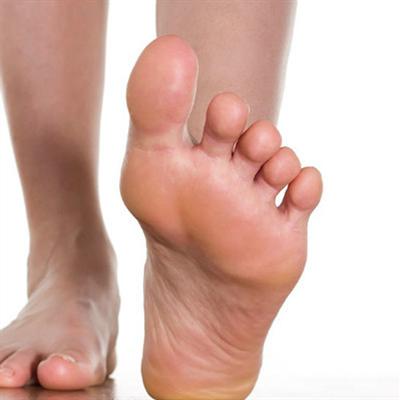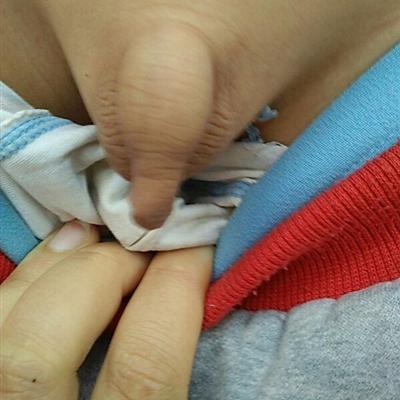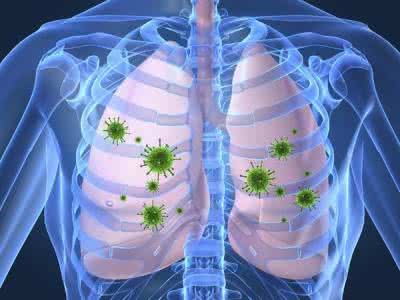Symptoms of benign osteoma
summary
Osteoid osteoma is a benign osteogenic disease, with well-defined focal lesions, generally less than 1 cm in diameter, surrounded by a large bone reaction area. Osteoid osteoma is composed of osteoblasts and osteoid tissue. It accounts for about 1% of all bone tumors and 10% of benign bone tumors. The lesion was a small nest surrounded by many mature reactive bones. It is common in teenagers under 30 years old, and the common age is 8-18 years old. The ratio of male to female was 2:1. The most common sites were the trochanter femur, the medial cortex of the proximal humerus, and the distal 1/3 of the tibia. The appendix was also seen in the spine, with the incidence rate of lumbar vertebrae, cervical vertebrae and thoracic vertebrae in turn. Tibia and femur are the most common, accounting for about 50%. It is rare in flat bone, medullary cavity and cancellous bone, and can occur in bone cortex and cancellous bone.
Symptoms of benign osteoma
Cortical osteoid osteoma has a small radiolucent area surrounded by dense bone. The lesion is located in the cortex, and the sclerotic ring is more obvious. Periosteal reactions are either stratified or substantially homologous. In the late stage of imaging disease, osteoid osteoma can be completely concealed. Osteoid osteoma of cancellous bone is most common in the femoral neck, followed by the small bones and vertebral bodies of hands and feet. There were not many new bone formation around the lesions, but there were bone rings with increased density around the lesions. Occasionally, reactive new bone formation occurred in the distance.

Subperiosteal osteoid osteoma usually presents as a soft tissue mass near the bone, most commonly in the internal surface of the femoral neck, hands and feet. There is a fan-shaped area in the bone just below the lesion, which is caused by compression atrophy or bone resorption. When the focus is close to the joint, there is no reactive bone formation, but there may be joint swelling, congestion and pain. It is characterized by acute synovitis

The pain appeared earlier, often in the X-ray film positive lesions existed a few months ago, the disease was intermittent pain at the beginning, aggravated at night, taking painkillers can reduce. In the later stage, the pain became more severe and persistent, which could not be relieved by any drugs. Most of the pain is limited, and the soft tissue may swell, but there are few involved areas.

matters needing attention
Osteoid osteoma can become asymptomatic and self-healing, active lesions after 3-5 years, with the ossification of the tumor nest, symptoms gradually disappear. But the reaction bone around the lesion will last for decades.












